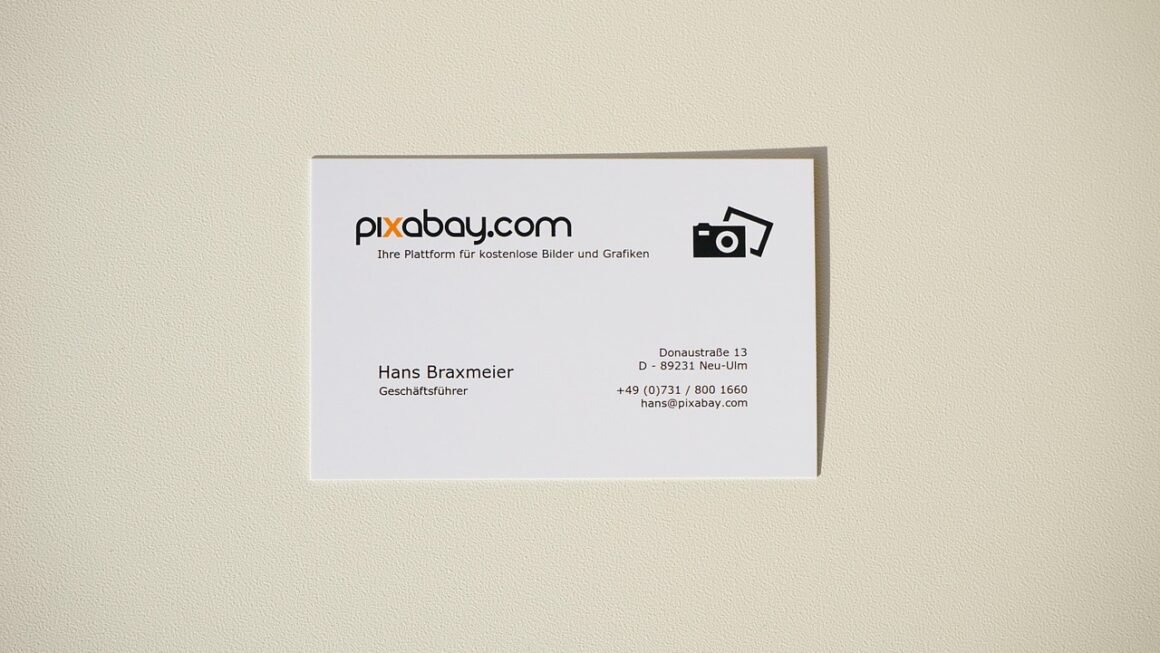In today’s competitive marketplace, customer engagement is more critical than ever. It serves as a determining factor for business success, as companies strive to build lasting relationships with their customers. Engaged customers not only enhance brand loyalty but also turn into brand advocates, driving organic growth through word-of-mouth and referrals. But how can businesses effectively enhance customer engagement? This article explores the key strategies, benefits, and practical examples that can help organizations foster deeper connections with their customers.
Understanding Customer Engagement
Customer engagement refers to the emotional connection between a brand and its customers. It encompasses various interactions a customer has with a business, whether through social media, customer service, or purchasing behavior. By understanding the nuances of customer engagement, businesses can tailor their strategies to cater to their audience’s needs.
The Importance of Customer Engagement
- Improved Customer Retention: Engaged customers are more likely to remain loyal, reducing churn rates.
- Increased Lifetime Value: Loyal customers tend to spend more over time.
- Positive Brand Perception: Engaged customers often share their experiences, enhancing brand reputation.
- Valuable Feedback: Engaged customers provide insights that can help improve products and services.
Key Strategies for Enhancing Customer Engagement
To foster meaningful interactions with customers, organizations must implement effective strategies that resonate with their target audience.
Leverage Social Media for Interaction
- Respond Promptly: Timely responses to customer inquiries can foster a positive feedback loop.
- Share User-Generated Content: Highlighting customer contributions can enhance community feelings.
- Run Engaging Campaigns: Contests and giveaways can further incentivize participation.
Example: A clothing brand could encourage customers to post photos in their outfits using a specific hashtag, creating a sense of community while increasing engagement.
Personalize Customer Experiences
Utilizing data analytics to understand customer preferences can significantly enhance personalization, leading to improved engagement.
- Tailored Recommendations: Use customer data to recommend products that align with their previous purchases.
- Customized Communication: Send personalized emails based on customer behavior and preferences.
Example: Amazon’s recommendation engine is a prime example of how personalized experiences can drive sales and customer loyalty.
Utilizing Technology to Enhance Engagement
Modern technology can be a powerful ally in improving customer engagement. Businesses should employ various tools and strategies to maximize interactions.
Implementing Chatbots and Live Chat
Offering customer support through chatbots and live chat options can enhance engagement by providing immediate answers to customer inquiries.
- 24/7 Availability: Customers appreciate the convenience of round-the-clock assistance.
- Quick Resolutions: Live chats can handle multiple inquiries simultaneously, enhancing customer satisfaction.
Example: Companies like Zappos have successfully integrated live chat to improve customer service and engagement.
Utilizing Email Marketing Effectively
Email marketing remains a potent tool for customer engagement when done right. Follow these tips:
- Segment Your Audience: Tailor your emails to specific audience segments based on their behavior.
- Craft Compelling Subject Lines: Make email subjects stand out to increase open rates.
- Incorporate Interactive Elements: Use polls or surveys to engage recipients actively.
Example: Brands like Sephora segment their email lists to send personalized recommendations, product launches, and exclusive offers.
Measuring Customer Engagement
To understand the efficacy of engagement strategies, businesses must track and measure various metrics.
Key Performance Indicators (KPIs) to Track
- Customer Retention Rate: Measure how many customers continue to purchase over time.
- Net Promoter Score (NPS): Gauge customer satisfaction and willingness to recommend the brand.
- Engagement Rate: Monitor likes, shares, and comments on social media posts.
Regularly reviewing these KPIs helps businesses refine their engagement strategies for better results.
Conclusion
Customer engagement is a multifaceted approach that requires careful consideration and ongoing effort. By leveraging social media, personalizing customer experiences, utilizing technology effectively, and measuring engagement through KPIs, businesses can cultivate deep and lasting customer connections. Remember, engaged customers are not just consumers; they are advocates and partners in your brand’s journey. By adopting these strategies, organizations can unlock the true potential of customer engagement, driving sustained growth and success.




